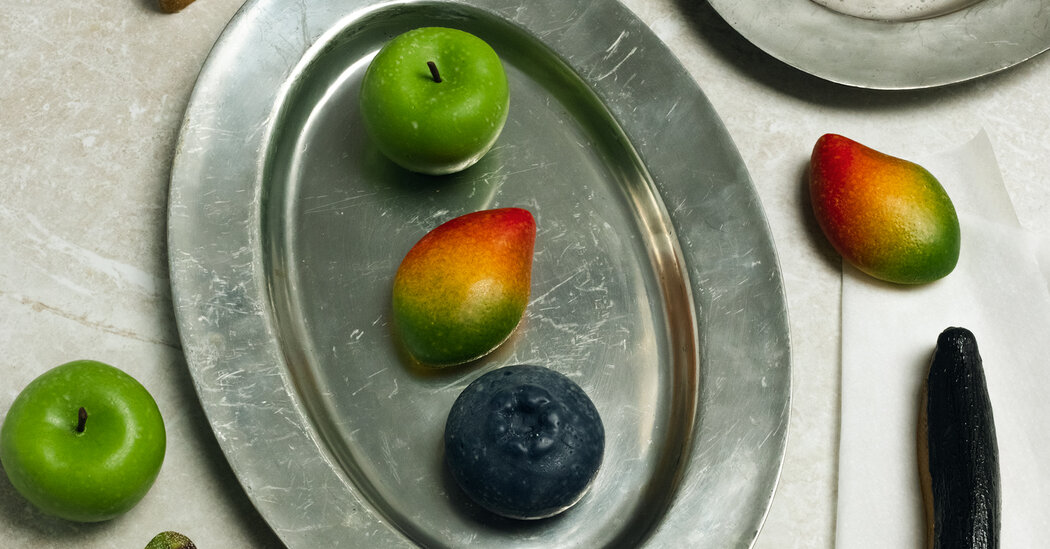Copyright The New York Times

Shortly after the pastry chef Laurent Jeannin joined Le Bristol hotel in Paris in 2007, he added to the menu a replica of a lemon fashioned out of lemon jelly mousse and filled with pear and lemon thyme compote. The citron de Menton, as the dish was called, quickly drew attention, says Gilbert Pytel, 59, the editor of the magazine Le Journal des Pâtissiers. Pytel credits Jeannin, who died in 2017, as one of the first chefs to reimagine trompe l’oeil desserts for this century. While the flavors and final forms of these entremets — small pastries consisting of several textures — differ, the basic elements are often the same. A layer of sponge, a mousse or whipped ganache filling and a fruit component are all set into a mold and frozen, before being coated in a mixture of cocoa butter, chocolate and food coloring and finished with a velvet spray or mirror glaze, until the shell mimics a dimpled mandarin skin or the bruised flesh of a pear. A World of Pastries How baked goods help tell the story of culture across the globe. A taste of bánh in Vietnam, conchas in Mexico, egg tarts in Hong Kong, wienerbrød in Denmark, trompe l’oeil entremets in France, kaab el ghazal in Morocco, convent sweets in Spain, baklava in Turkey and Frankenpastries in New York. Plus find recipes for home baking here. And take a closer look at the covers. The trompe l’oeil tradition in French cooking dates back to at least the 14th century. French chefs “were always playing little tricks” to amuse their royal patrons, says the food historian Jim Chevallier, 74, citing a recipe for an imitation hedgehog, made from chopped meat, in the cookbook “Le Viandier de Taillevent,” published in the late 1300s. The Paris-based pastry chef Jean-Thomas Schneider, 44, who also specializes in trompe l’oeil confections, draws inspiration from the fantastical creations of the early 19th-century chef Marie-Antoine Carême, especially Carême’s elaborate pièces montées — edible architectural structures made from spun sugar and marzipan that often included sculpted fruits and vegetables. “Leafing through old pastry books, you realize that this idea isn’t new,” Schneider says. “The difference is that today’s techniques and the use of silicone molds allow for much greater realism.”



